Πως θα είναι ο πλανήτης αν έλιωναν όλοι οι πάγοι;
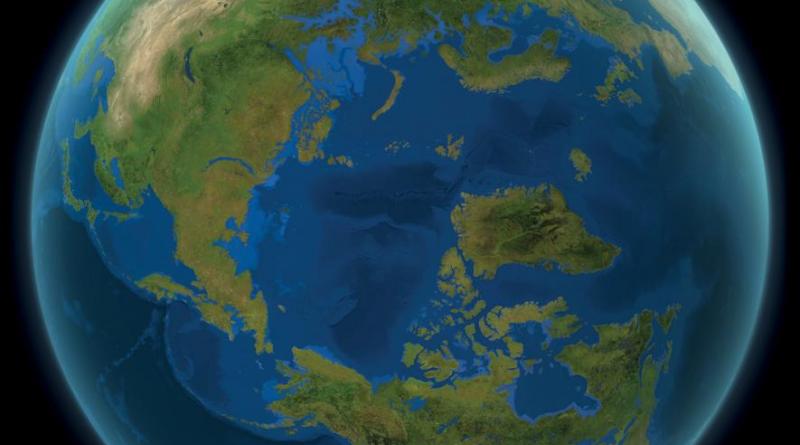
Ένα φωτογραφικό ταξίδι στο μέλλον του National Geographic απο το 2013

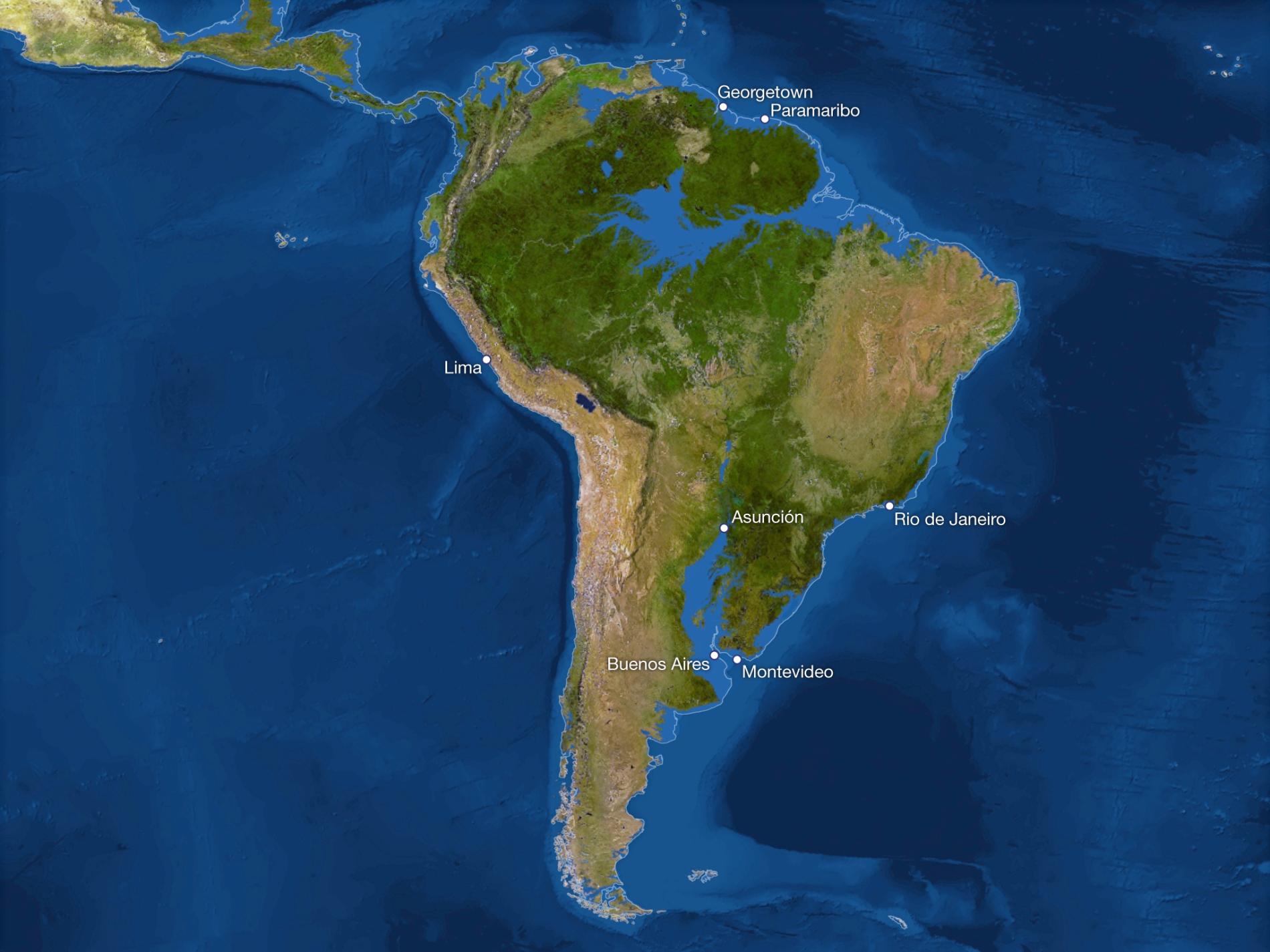
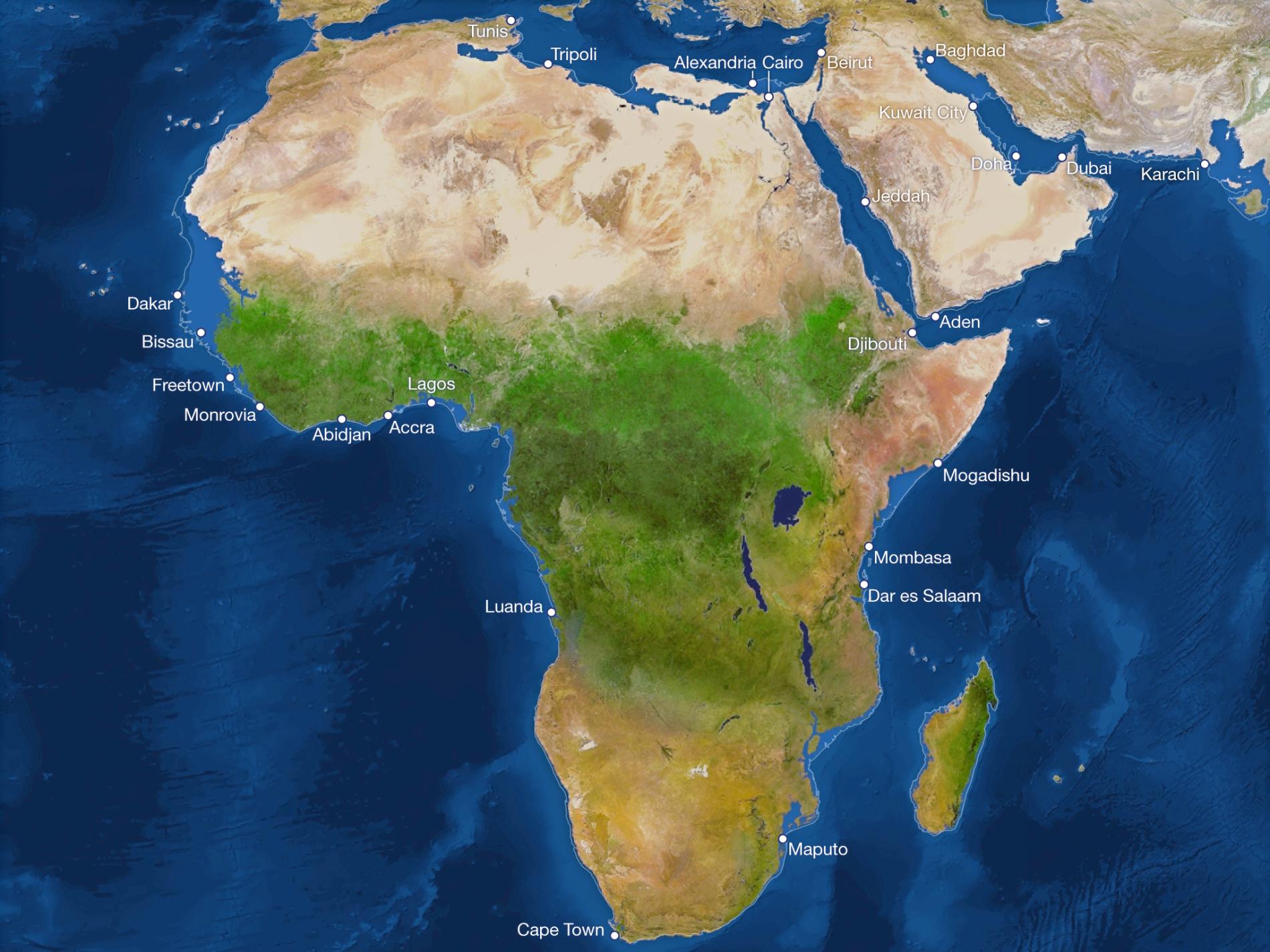
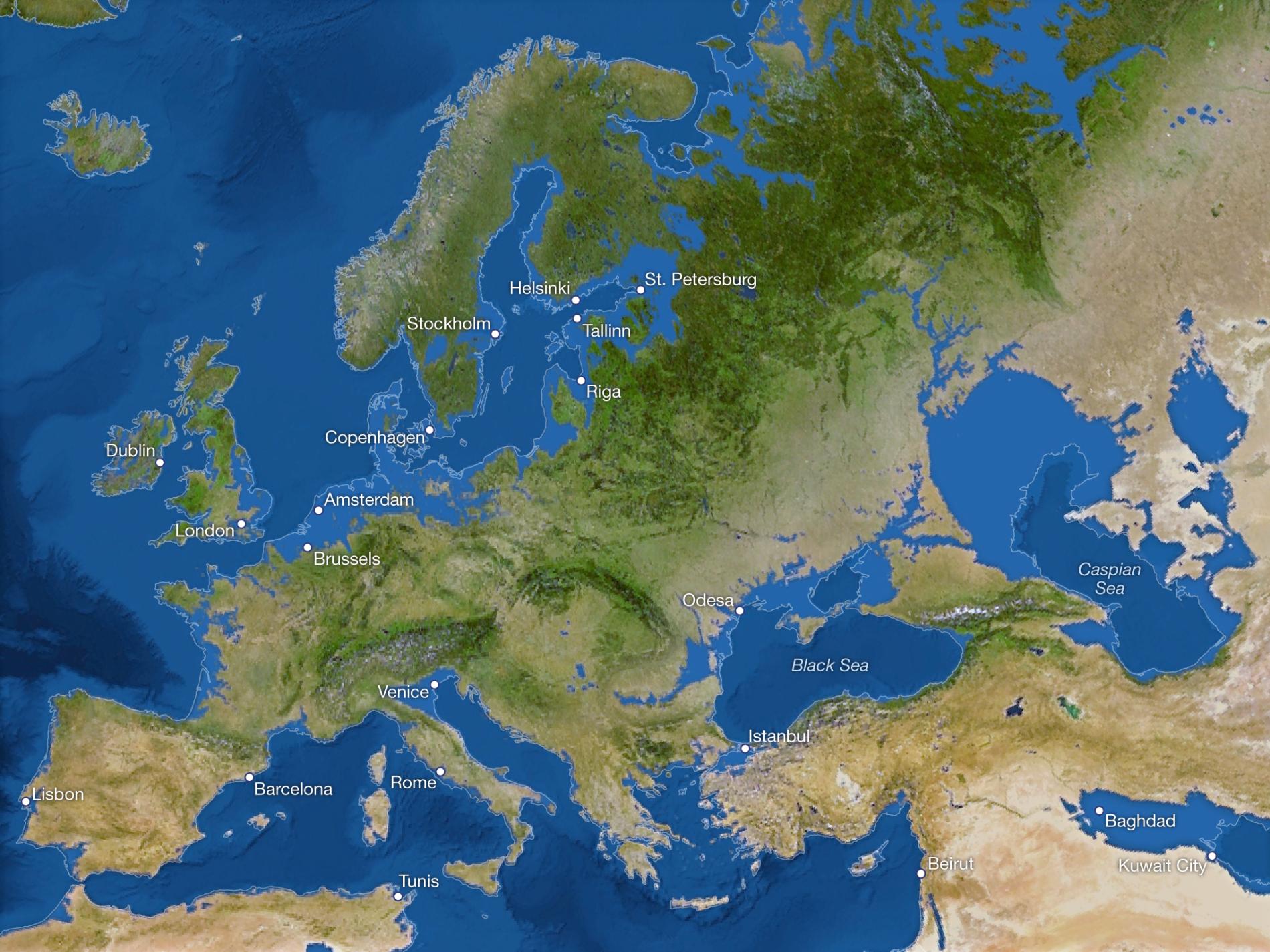
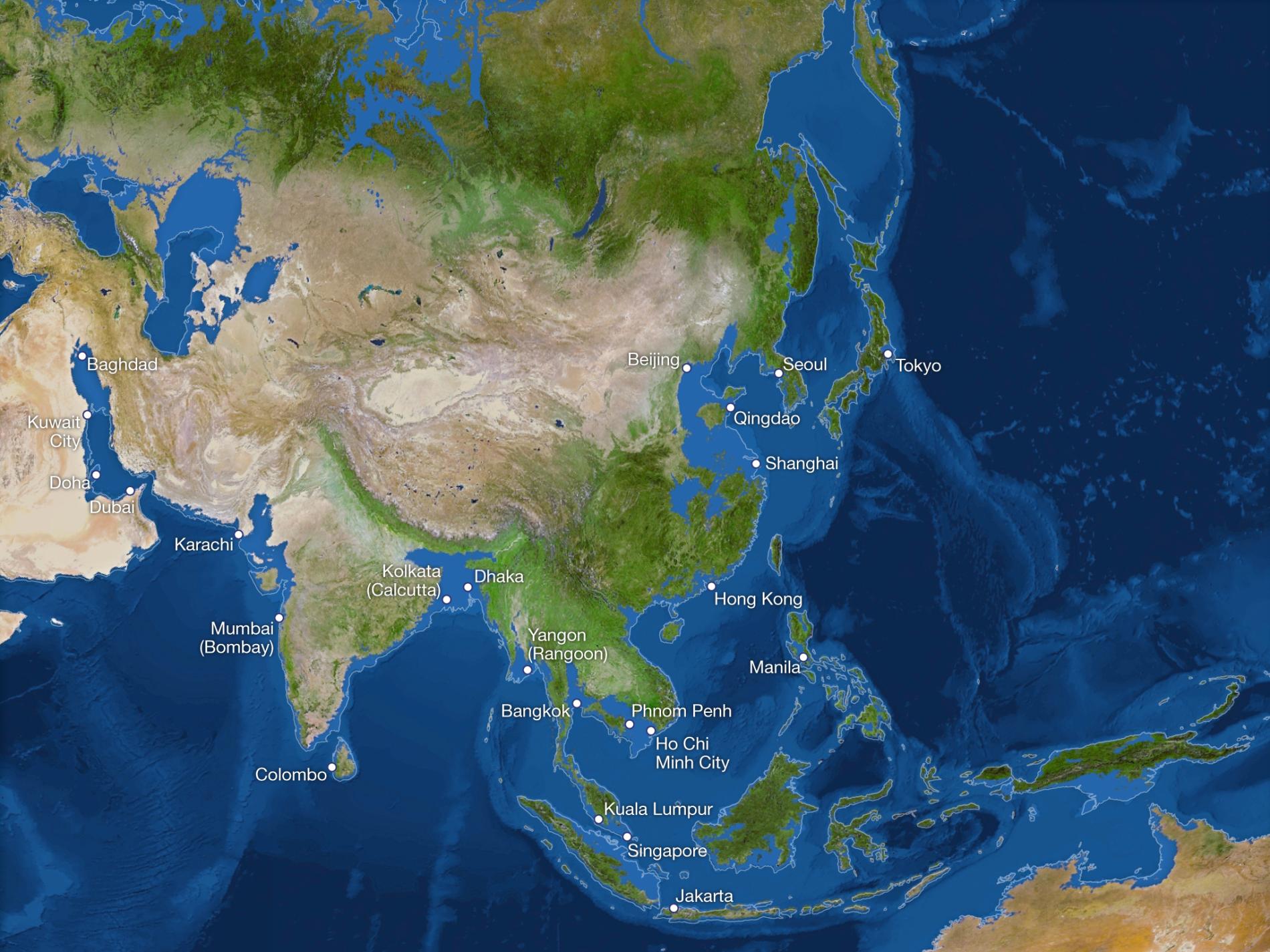

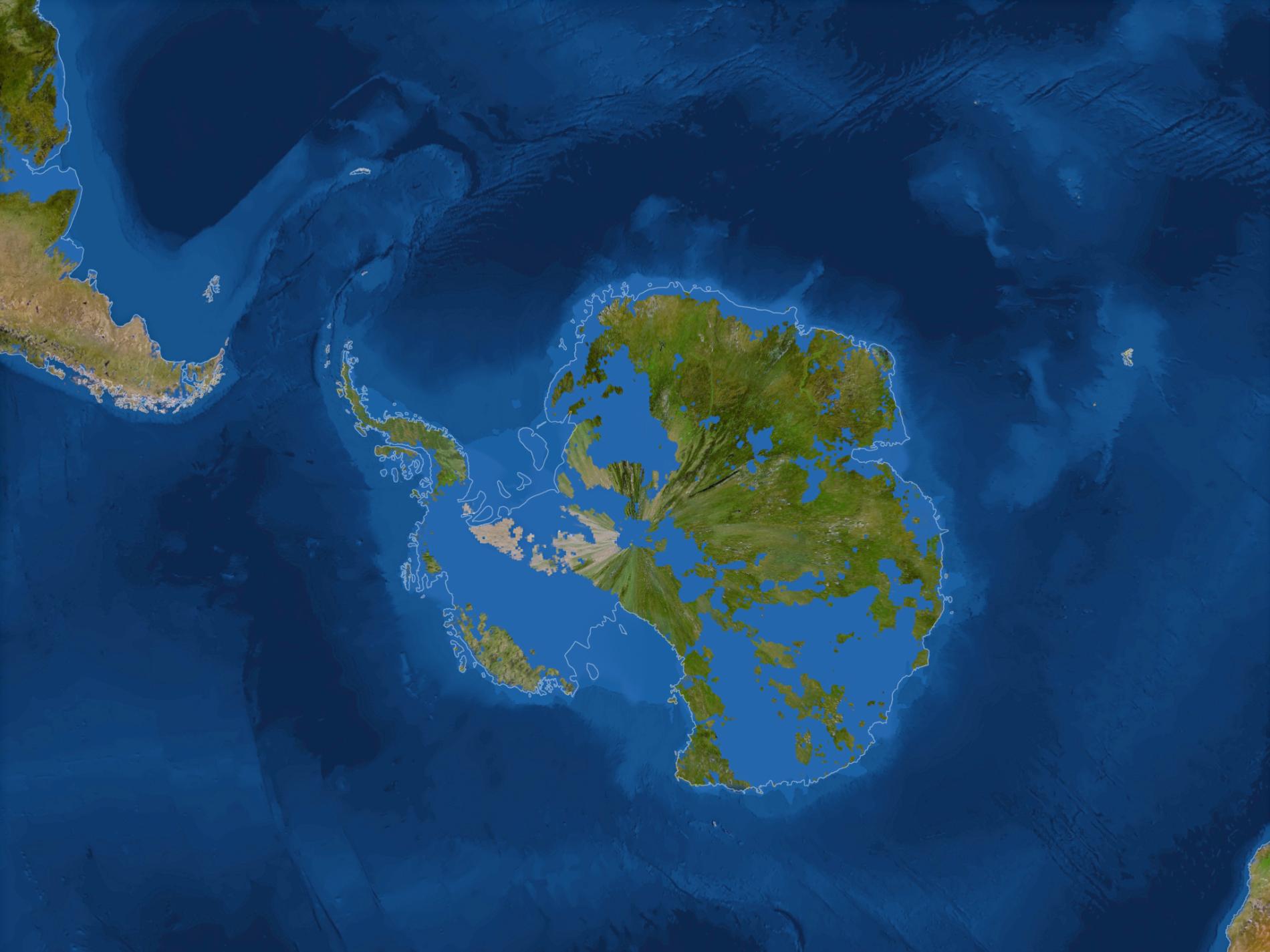
East Antarctica: The East Antarctica ice sheet is so large—it contains four-fifths of all the ice on Earth—that it might seem unmeltable. It survived earlier warm periods intact. Lately it seems to be thickening slightly—because of global warming. The warmer atmosphere holds more water vapor, which falls as snow on East Antarctica. But even this behemoth is unlikely to survive a return to an Eocene Climate.
West Antarctica: Like the Greenland ice sheet, the West Antarctic one was apparently much smaller during earlier warm periods. It's vulnerable because most of it sits on bedrock that's below sea level.The warming ocean is melting the floating ice sheet itself from below, causing it to collapse. Since 1992 it has averaged a net loss of 65 million metric tons of ice a year.
All maps by JASON TREAT, MATTHEW TWOMBLY, WEB BARR, MAGGIE SMITH, NGM STAFF. ART: KEES VEENENBOS.
SOURCES: PHILIPPE HUYBRECHTS, VRIJE UNIVERSITEIT BRUSSEL; RICHARD S. WILLIAMS, JR., WOODS HOLE RESEARCH CENTER; JAMES C. ZACHOS, UNIVERSITY OF CALIFORNIA, SANTA CRUZ; USGS; NOAA, ETOPO1 BEDROCK, 1 ARC-MINUTE GLOBAL RELIEF MODEL COPYRIGHT © SEPTEMBER 2013 NATIONAL GEOGRAPHIC SOCIETY

